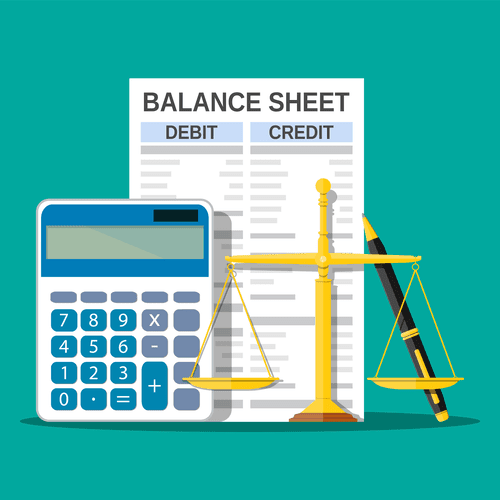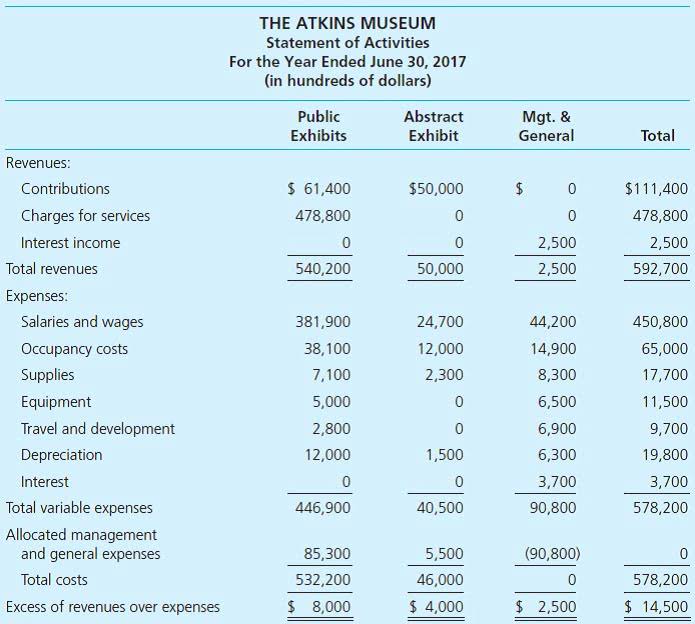Process costing Student Accountant magazine archive Publications Students

Real-time cost tracking can help companies identify cost-saving opportunities and make more informed production decisions. While the service industry does not produce physical products, it can use process costing to calculate the cost of services. Service providers can break down the production process into individual steps and assign costs to each step to calculate the service cost.
#2. Calculation issues (equivalent units):

Using either a periodic or perpetual inventory system, we determine the amount of direct materials used during the period. We then calculate the number of units begun and completed during the period, as well as the number of units begun but not completed (work-in-process units). We generally assume that materials are added at the beginning of the production process, which means that a work-in-process unit is the same as a completed unit from the perspective of assigning material costs.

2: Comparison of Job Costing with Process Costing

Misallocating costs can result in inaccurate cost calculations and misleading financial statements. The education industry can also use process costing to calculate the cost of providing education. Educational institutions can break down the education process into individual steps, such as teaching, administration, and facilities, and assign costs to each step to calculate the cost of providing education. The healthcare industry uses process costing to calculate the cost of medical treatments and procedures.
Indirect Costs
Process costing is the most practical and efficient accounting method for determining product costs for specific types of firms. It can be difficult, for example, to appropriately attribute expenses to work in progress. Companies sum all current-period costs and divide them by the entire number of units finished and transferred out, plus the equivalent units of work-in-progress at the conclusion of the contra asset account period. A process costing system is used by any large-scale firm that produces huge quantities of identical commodities. A petroleum refinery is a perfect example of a process costing system environment since it is hard to trace the cost of a specific unit of oil as it passes through the refinery.

Examples of companies that use process costing methods would include processed food companies that make millions of identical packages of edibles and oil companies that produce millions of gallons of fuel. Such companies use several different methods of process costing such as weighted average costing, standard costing, or first in, first out (FIFO) costing to determine the cost of one unit of output. We are going to discuss how these methods are used in a process costing system but first let’s have an understanding of what a process costing system is. Process costing is used to calculate the cost of producing a large number of identical products. This method is typically used in manufacturing environments where products are made in large batches. The total cost of production is divided by the number of units produced to arrive at the cost per unit.
- Consider the equivalent units of the production are 10,000 units and the cost per unit is USD 3 per unit in the cutting department.
- When the goods are eventually sold, the cost is shifted to the cost of goods sold account, where it appears on the income statement.
- Process costing provides valuable information about the production process, such as the time required to produce a unit, the cost of raw materials, and the amount of waste generated.
- Standard costing involves setting predetermined costs for each process step based on historical data or industry standards.
- As the product keeps completing the stage of production, the cost is added for each completed stage.
Process costing is a method used in manufacturing industries to determine the production cost for each product unit. It is a crucial tool for manufacturers to calculate costs accurately and make informed pricing, inventory management, and profitability decisions. Cost centers represent specific areas or departments within a company where costs are incurred. For instance, in a food processing plant, departments like cutting, cooking, and packaging serve as distinct cost centers. By defining these areas, you can monitor expenses more accurately and assign costs based on actual usage.
This feature helps you to optimize your inventory levels and real estate cash flow improve your cash flow. The total product costs you have incurred for any given period should be reported on the income statement only when sold. This will give you an accurate view of your cost structure, and it’s also essential information when calculating taxes owed or other financial statements. Allocate the costs proportionately to completed units and equivalent, or unfinished, units.
Steps of Process Costing
Accurate data from process costing helps you create reliable budgets, allowing for better financial planning. By spreading costs across identical units, you gain clarity in understanding production process costing examples expenses. The cost allocated per unit is recorded on the balance sheet in the inventory asset account.
